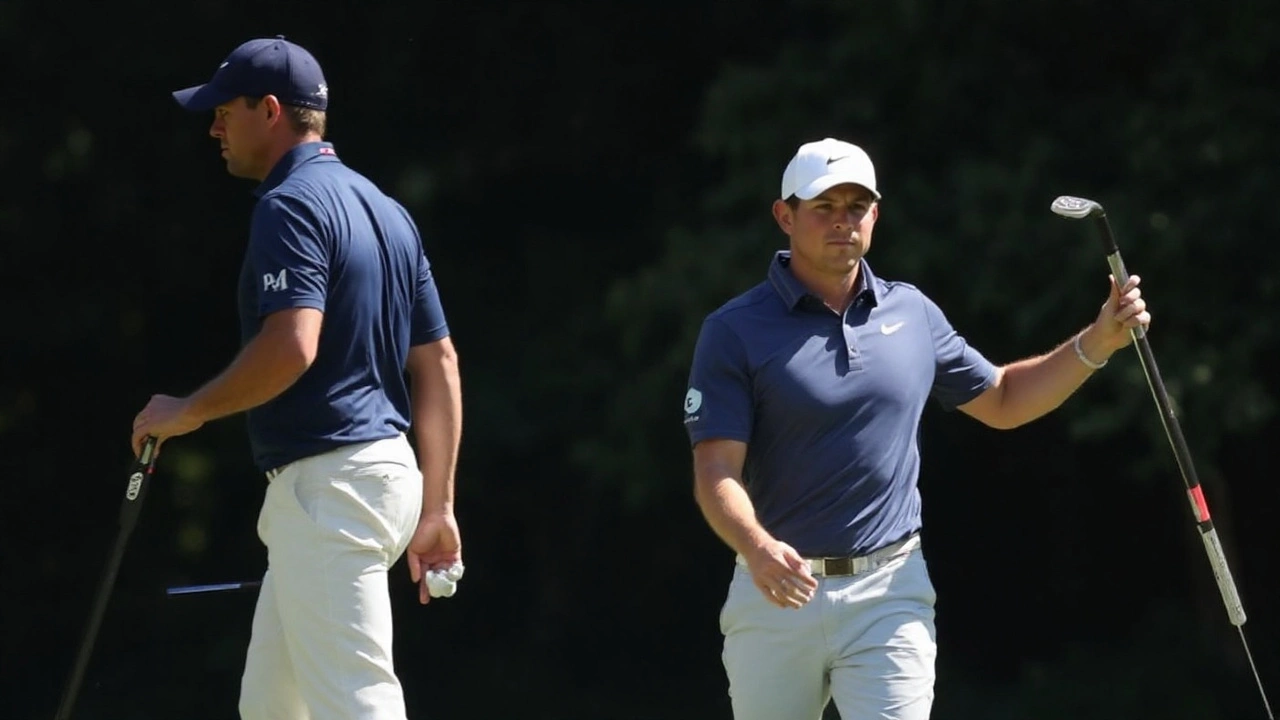Ryder Cup: The Ultimate Golf Showdown
When talking about Ryder Cup, a biennial team competition that pits the best golfers from Europe against those from the United States. Also known as the Ryder Cup tournament, it blends national pride, strategic pairings, and sheer drama on the green.
The event revolves around team match play, a scoring format where pairs or groups of players compete head‑to‑head rather than against the entire field. This format creates constant tension because every hole can swing the overall score. The European Tour, the professional circuit that supplies most of Europe's Ryder Cup players and the U.S. PGA Tour, the main tour for American players feed the talent pool, making the competition a showcase of the sport’s elite.
Why does the Ryder Cup feel different from any other golf tournament? First, its biennial schedule means fans only get a taste of the rivalry every two years, which builds hype and makes each edition feel historic. Second, the points system—each match worth a single point, with a total of 28 points up for grabs—creates a clear, easy-to‑follow narrative: the first team to reach 14½ points wins, but if the contest ends 14‑14, the defending champion retains the Cup. This adds an extra layer of strategy, because captains must decide which players partner best in foursomes (alternate‑shot) and four‑ball (best‑ball) formats. Those choices often define the outcome more than any single shot.
Why the Ryder Cup Matters
Beyond the numbers, the Cup fuels national pride. When a European player lines up a putt, the roar of a crowd that spans dozens of countries can feel louder than any stadium cheer. The same goes for the U.S. side, where fans treat the rivalry like a World Cup for golf. That emotional intensity translates into higher TV ratings, bigger sponsorship deals, and a surge in grassroots participation after each event. In fact, studies from the Golf Industry Research Institute show that youth enrollment in junior programs spikes by up to 20% in the month following a Ryder Cup held in the host nation.
From a historical standpoint, the Cup has evolved dramatically. It began in 1927 as a contest between the United States and Great Britain, and for decades America dominated. The inclusion of continental European players in 1979 turned the tide, leading to a more balanced rivalry and an era where Europe has often been the aggressor. Notable moments—like the 1999 “Miracle at Brookline” where Europe rallied from a 10‑point deficit, or the 2018 dramatic comeback by the U.S. on French soil—are still cited in sports documentaries and podcasts across the globe.
Strategically, captains treat the event like a chess match. They study opponent pairings, assess course conditions, and even factor in player chemistry off the course. A good example: the 2023 captain's decision to pair a long‑driver with a superb putter in foursomes paid off by securing three crucial points on the back nine. Such tactical nuances illustrate that the Ryder Cup isn’t just about individual skill; it’s about assembling a cohesive unit that can thrive under pressure.
For fans eager to dive deeper, the Ryder Cup offers a wealth of content: live shot‑by‑shot analysis, behind‑the‑scenes interviews, and interactive fan polls that let you predict match outcomes. The event also spurs conversations about equipment trends—drivers, irons, and ball technology often see a sales bump after the Cup as amateurs try to emulate their heroes. In short, the Ryder Cup acts as a catalyst that pushes the entire sport forward.
Below you’ll find a curated set of articles that explore the many layers of competitive sports, from high‑speed car races to the psychology behind an athlete’s obsession. While the topics span motorsport and beyond, they all share a common thread: the thrill of competition and the drive to push limits—much like the spirit that defines the Ryder Cup. Ready to see how other sports capture that same intensity? Keep scrolling to discover insights that will fuel your own passion for the game.

